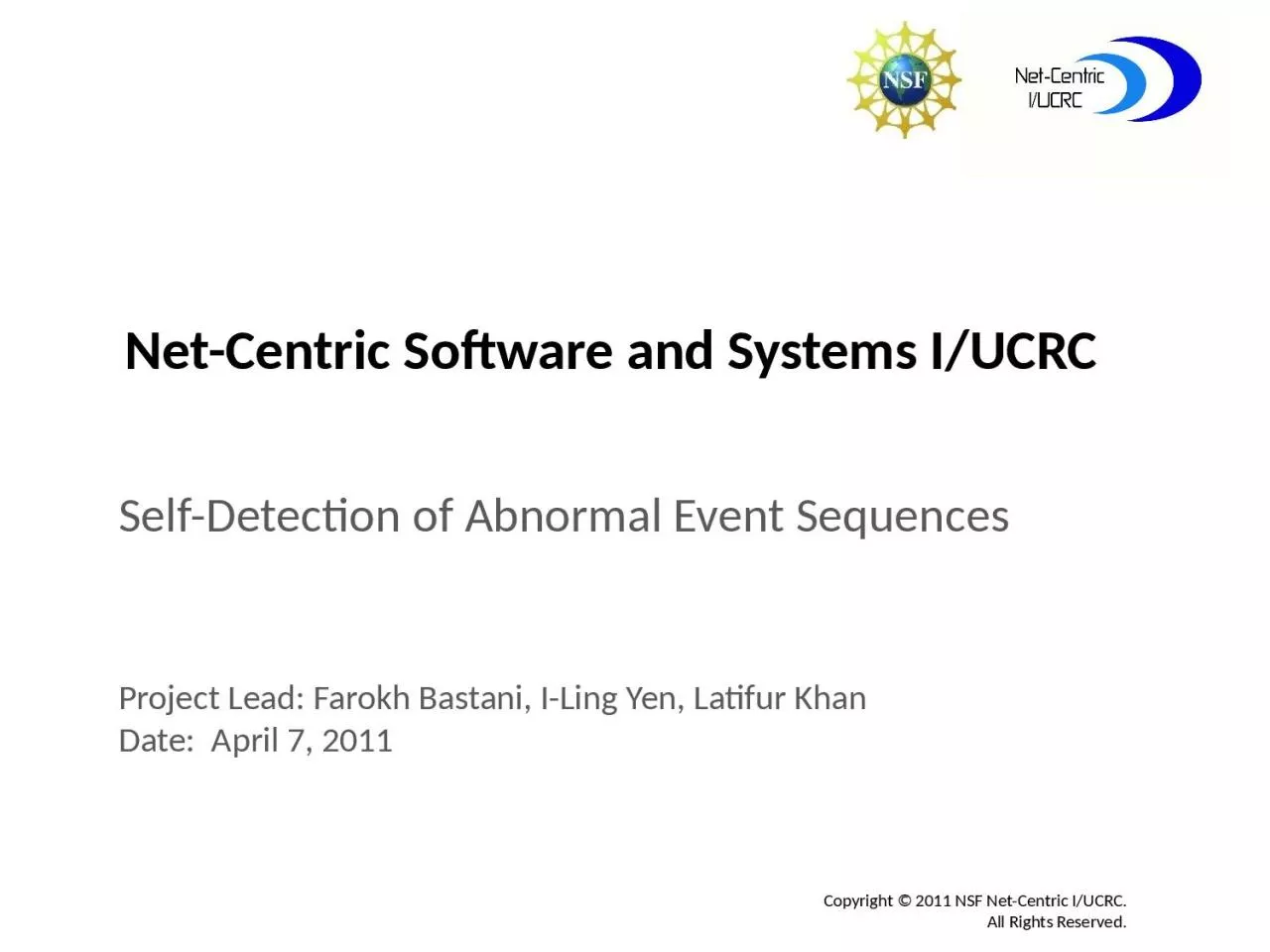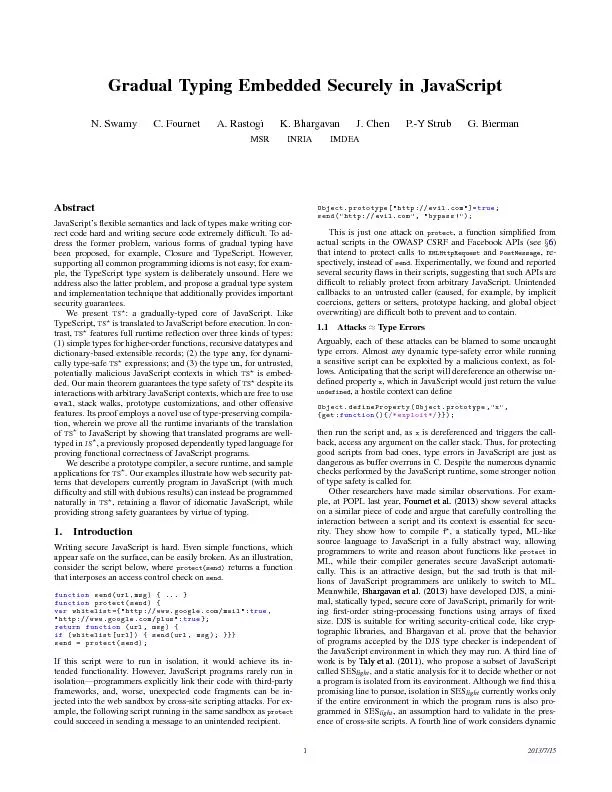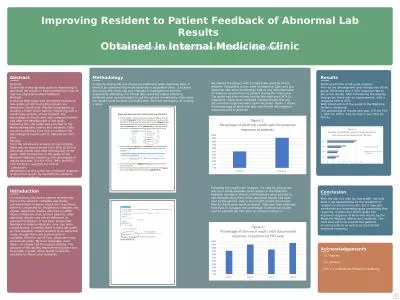PPT-Self-Detection of Abnormal Event Sequences
Author : samantha | Published Date : 2022-06-07
Project Lead Farokh Bastani ILing Yen Latifur Khan Date April 7 2011 2010Current Project Overview SelfDetection of Abnormal Event Sequences 2 Tasks Prepare Cisco
Presentation Embed Code
Download Presentation
Download Presentation The PPT/PDF document "Self-Detection of Abnormal Event Sequenc..." is the property of its rightful owner. Permission is granted to download and print the materials on this website for personal, non-commercial use only, and to display it on your personal computer provided you do not modify the materials and that you retain all copyright notices contained in the materials. By downloading content from our website, you accept the terms of this agreement.
Self-Detection of Abnormal Event Sequences: Transcript
Download Rules Of Document
"Self-Detection of Abnormal Event Sequences"The content belongs to its owner. You may download and print it for personal use, without modification, and keep all copyright notices. By downloading, you agree to these terms.
Related Documents














